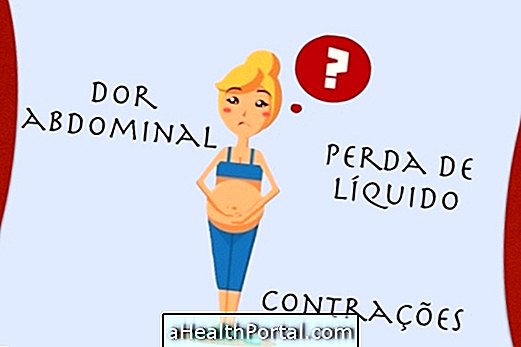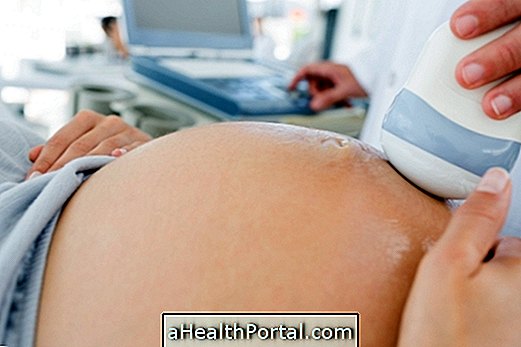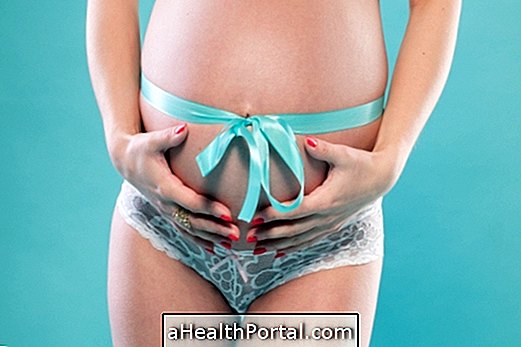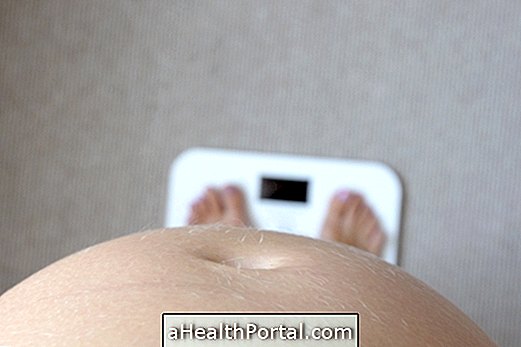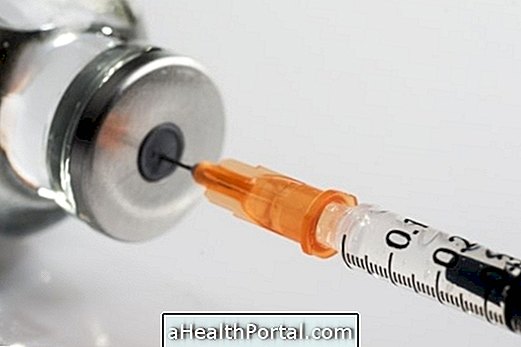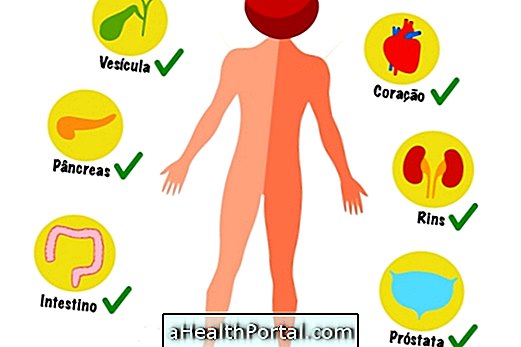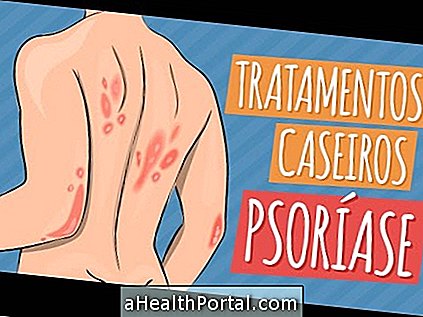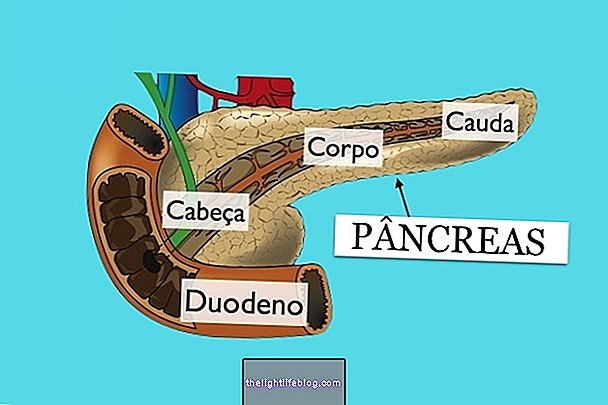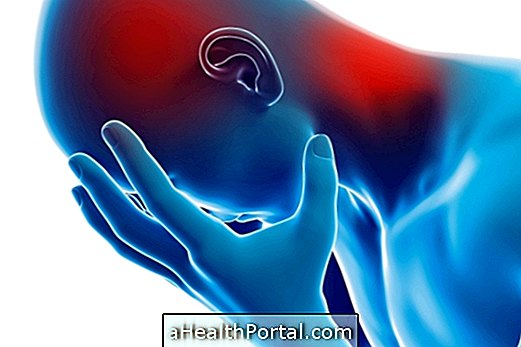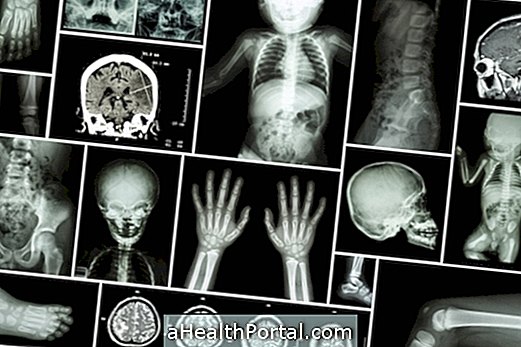Human fertilization occurs when a sperm enters the egg, which usually sits on the first portion of the fallopian tube, making the woman pregnant.
A single sperm crosses its membrane, carrying 23 unpaired chromosomes. Immediately, these isolated chromosomes combine with the other 23 chromosomes that exist in the ovule, happening to form a normal complement of 46 chromosomes, arranged in 23 pairs.
This initiates the process of cell multiplication, whose end result is the birth of a baby.
Symptoms of fertilization
Are symptoms of fertilization:
- Light Colic
- Pink discharge.
These symptoms are very subtle and often go undetected for most women. In most cases, the woman only notices pregnancy symptoms two weeks after fertilization. See all symptoms of fertilization and how to confirm pregnancy.
How embryonic development happens
After fertilization, embryonic development begins until the birth of the baby, which should occur after 38 weeks of gestation.
During the first few weeks after egg implantation, your nutrition will depend on trophoblastic digestion and phagocytosis of the endometrium. However, around the 12th week of pregnancy, the placenta has already developed enough so that it can, from then on, supply all the nutrients that are needed.
How Placenta is formed
The placenta is formed by a maternal component of large and multiple layers, called placental sinuses, through which maternal blood flows continuously; by a fetal component which is represented mainly by a large mass of placental villi which protrude into the placental sinuses and through which the fetal blood circulates.
The nutrients diffuse from the maternal blood through the placental villous membrane into the fetal blood, passing through the middle of the umbilical vein to the fetus.
Fetal excreta, such as carbon dioxide, urea, and other substances, diffuse from fetal blood into maternal blood and are excreted out through the excretory functions of the mother. The placenta secretes extremely high amounts of estrogen and progesterone, about 30 times more estrogen than is secreted by the corpus luteum and about 10 times more progesterone.
These hormones are very important in promoting fetal development. During the first weeks of pregnancy, another hormone also secreted by the placenta, the chorionic gonadotrophin, which stimulates the corpus luteum, causing it to continue to secrete estrogen and progesterone during the first part of the pregnancy.
These corpus luteum hormones are essential for continued pregnancy during the first 8 to 12 weeks. After this period, the placenta secretes sufficient amounts of estrogen and progesterone to ensure the maintenance of pregnancy.
